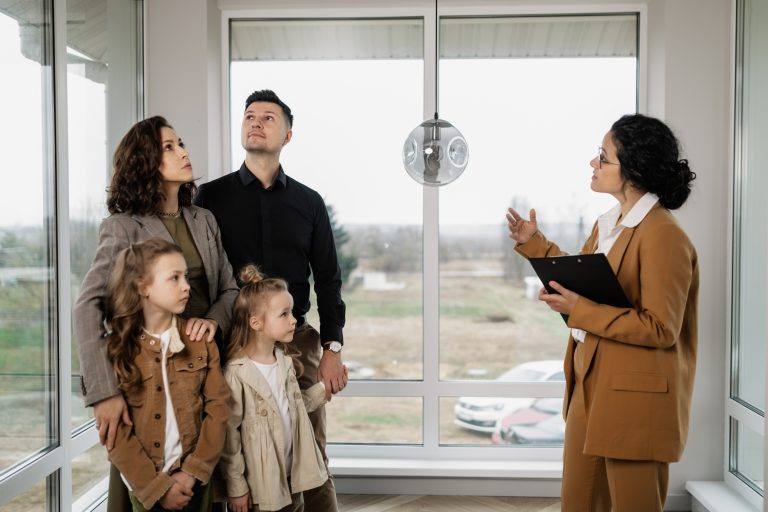Introduction
When searching for a new home or investment property, one of the most crucial steps is property viewing. This is the opportunity to see the property up close, evaluate its potential, and determine if it meets your needs and preferences. However, property viewing can be overwhelming if you are not adequately prepared. In this blog, we will provide you with the ultimate guide to property viewing, ensuring that you make the most out of each visit.
Preparing for Property Viewing
Before you embark on property viewings, it’s essential to prepare yourself. Here are a few steps to follow:
Determine Your Requirements
Create a checklist of your requirements and preferences, including the location, number of bedrooms, layout, amenities, and additional features. Knowing precisely what you’re looking for will help you narrow down your options.
Set a Budget
Estimate a realistic budget for buying or renting a property, factoring in any additional costs such as maintenance, utilities, or association fees. This will help you avoid falling in love with properties that are out of your financial reach.
Research the Neighborhood
Gather information about the neighborhood, including proximity to essential amenities, schools, transportation, and any potential developments or infrastructure projects in the works. This will help you assess whether the location suits your lifestyle.
During the Property Viewing
Once you have prepared adequately, it’s time to head out for property viewings. During this stage, keep the following tips in mind:
Inspect the Exterior
Start by evaluating the property’s exterior, including the condition of the building, garden or yard, parking spaces, and any shared areas or facilities. Pay attention to signs of neglect or potential maintenance issues that could affect your investment.
Assess the Interior Space
As you enter the property, take note of the first impression it gives you. Evaluate the layout, room sizes, storage options, and the overall condition of the interior. Imagine yourself living or working in the space to determine if it suits your needs.
Check for Structural and Functional Elements
Inspect the property’s structural elements, such as the roof, walls, floors, and windows. Look for signs of damage or poor maintenance. Additionally, test functionality by turning on taps, switches, and appliances to ensure everything is in working order.
Ask Questions
Don’t hesitate to ask the estate agent or owner questions during the viewing. Seek clarification on any concerns you may have, such as hidden costs, age of appliances, or any planned renovations. This will help you make an informed decision and avoid any surprises down the line.
Post-Viewing Considerations
After the property viewing, take some time to reflect on your experience and evaluate each property. Here are a few post-viewing considerations:
Compare Multiple Properties
If you have the opportunity to view multiple properties, compare them based on your checklist and overall impressions. Take note of their strengths and weaknesses, as well as any potential room for negotiation.
Consult with Professionals
Consider seeking advice from real estate agents, property lawyers, or financial advisors to gain a deeper understanding of the properties you are interested in. Their expertise can provide valuable insights and help you make an informed decision.
Trust Your Instincts
Sometimes, a property will just feel right. Trust your instincts, as your gut feeling often plays a significant role in choosing the right property for you. However, ensure that your emotions are balanced with practical considerations.
Conclusion
Property viewing is an exciting and critical step in your property search. By adequately preparing, paying attention to details during the viewing, and analyzing your options post-viewing, you’ll increase your chances of finding the perfect property that meets your needs and aspirations. Remember, it’s not just a house or investment—it’s your future home or asset.
